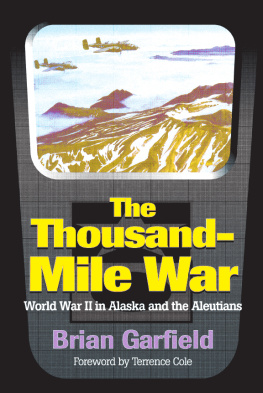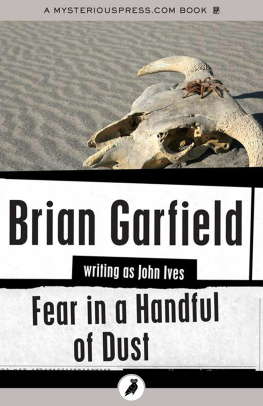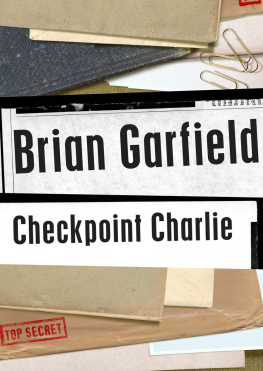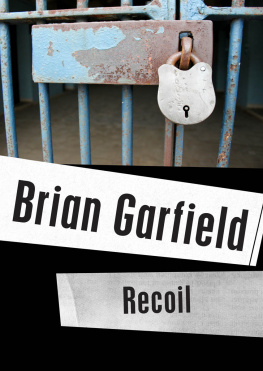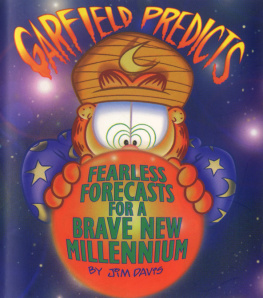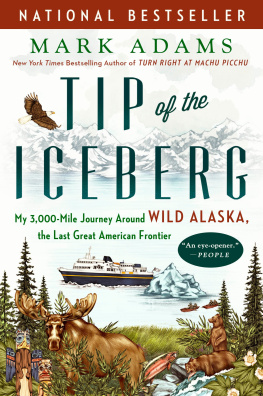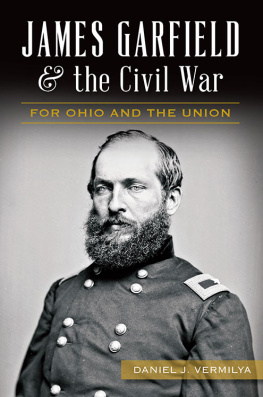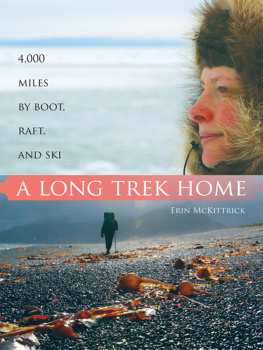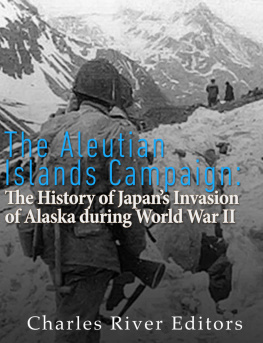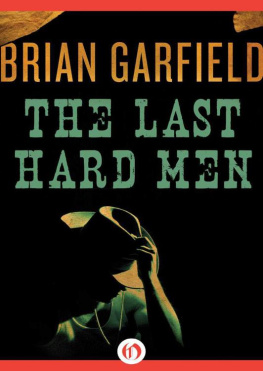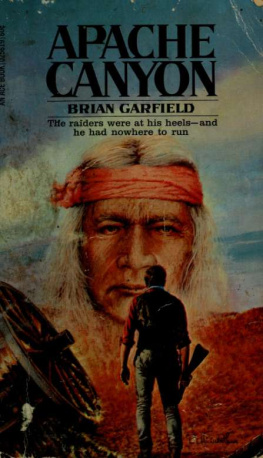p. cm.
Originally published: Garden City, N.Y. : Doubleday, 1969.
Includes bibliographical references and index.
ISBN 0-912006-82-X. -- ISBN 0-912006-83-8 (pbk.)
1. World War, 1939-1945--Campaigns--Alaska--Aleutian Islends.
I. Title.
Copyright 1969 Brian Garfield.
Foreword by Terrence Cole 1995 University of Alaska Press.
All rights reserved.
This publication was printed on acid-free paper that meets the minimum requirements of American National Standard for Information Sciences-Permanence of Paper for Printed Library Materials, ANSI Z39.48-1984.
Acknowledgments
MARSHALL FREERKS WARNED ME AT the outset, With the whole campaign under a fog figuratively and literally, it is not surprising the records are a little clouded. Freerks was right; there was not enough material in available documentary sources to make it possible to complete this book. Therefore I reinforced the available records with tape-recorded interviews and lengthy correspondence with scores of veterans of the Aleutian Campaign.
Hundreds of people provided sine qua non help in the research and preparation of this book. My most sincere thanks to each correspondent and interviewed veteran, a partial list of whom appears in the bibliography.
I owe deep and very special thanks to Admiral James S. Russell, the gentle wise mentor without whose immense contributions this book would have been far less complete. Admiral and Mrs. Russell took me in as their house guest in Tacoma with warm hospitality. The admiral opened to me his basement full of transcribed Japanese and American records; submitted to a fusillade of questions; helped obtain information from his high-ranking Japanese friends; prepared the way for my eye-opening trip to Alaska and the Aleutians (where I was welcomed as the first voluntary civilian tourist in years); and spent long hours meticulously correcting errors in the final manuscript with generous good-natured patience.
Particular thanks, as well, to:
Senator Ernest Gruening and Admiral Thomas C. Kinkaid, USN Retired, who granted far longer interviews than their busy schedules might have permitted;
Major General Albert E. Brown, USA Retired, who not only contributed personal recollections of the Battle of Attu but also induced the Defense Department to open wide the records of his relief from command and the events surrounding it;

Vice Admiral Robert M. Griffin, USN Retired, who engaged with me in a long good-natured argument about the causes of the Battle of the Pips, in which he commanded a U.S. Navy task group;
Major Generals Archibald V. Arnold, Wayne C. Zimmerman, Frank L. Culin, and Albert V. Hartl, USA Retired, who provided detailed recollections, files, and records of the Battle of Attu;
Brigadier General Benjamin B. Talley, USA Retired, whose only fault has been in insisting that credit for the remarkable engineering achievements in the Aleutians belongs to everyone but himself;
Brigadier General Earl H. DeFord, USAF Retired, who filled important gaps in the nebulous record of Bomber Command operations;
Colonel William Alexander, USA Retired, who has sent me an enormous avalanche of recollection and detail in scores of long letters;
Colonel William H. Willoughby, USA Retired, whose recollections of Scout Battalion operations at Attu were amiably provided along with the hospitality of the Willoughby home;
Lieutenant Colonel Lawrence Reineke, USAFR, whose gift of cartons of yellowing files is exceeded only by the overflowing hospitality of himself and his family;
Lucian K. Wernick, former Air Force major, whose skill in our card games has been no less than his former skill at the controls of a four-engine bomber, and whose recollections, corrections, and photos have been of great value;
Marshall C. Freerks, former Navy lieutenant commander and PBY squadron leader, who provided both insight and hospitality at his home in St. Louis;
Robert C. Reeve, long-time (since 1932) Alaskan bush pilot and owner-operator of Reeve Aleutian Airways, who granted several interviews and gave me VIP treatment on the long journey from Anchorage to Attu and back;
Robert Atwood, editor-publisher of the Anchorage Times and a close friend of Simon Buckner, who handed me the key to Alaska and indispensable reminiscences;
Captain Hank Orth, the Reeve pilot whose phenomenal aerial skill made the Aleutian journey fascinating and safe (Orth is possibly the only man alive who has flown a DC-3 backwardhe once took off into a 110-knot Aleutian headwind);
And the late Captain Billy J. Wheeler, USAAF, whose vibrant diary of the 36th Bombardment Squadron was the cornerstone on which this book was designed.
DOCUMENTARY RESEARCH MATERIAL FOR THIS book came from many private and governmental archives. They include:
The Japan Defense Agency in Tokyo.
Shemya Air Force Base, Shemya Islands, Aleutians.
Alaskan Command (Elmendorf Air Force Base, Anchorage).
Office of the Chief of Military History (Fort Lesley J. McNair, Washington, D.C.).
Navy Office of Information (Pentagon Bldg., Arlington, Virginia).
Office of the Chief of Naval Operations, Classified Operational Archives (Navy Yard Annex, Washington, D.C.).
Air Force Archives and Air University Library, Maxwell Air Force Base, Alabama.
World War II Records Division (primarily Air Force), National Archives Collections, Alexandria, Virginia.
National Archives, Washington, D.C.
National Personnel Records Center (Military Personnel Records), St. Louis, Missouri.
Aerospace Audio-Visual Service (MAC), Washington, D.C.
Navy, Army Signal Corps, and Air Force photo libraries (in Washington, Arlington, and the Pentagon).
The U.S. Superintendent of Documents (Washington, D.C.).
The Air Force Museum (Wright-Patterson AFB, Ohio).
The National Air and Space Museum of the Smithsonian Institution (Washington, D.C.).
Historical Department, the Boeing Company (Seattle, Washington).
Files of Wide World Photos, Inc., The New York Times, Time, Life

